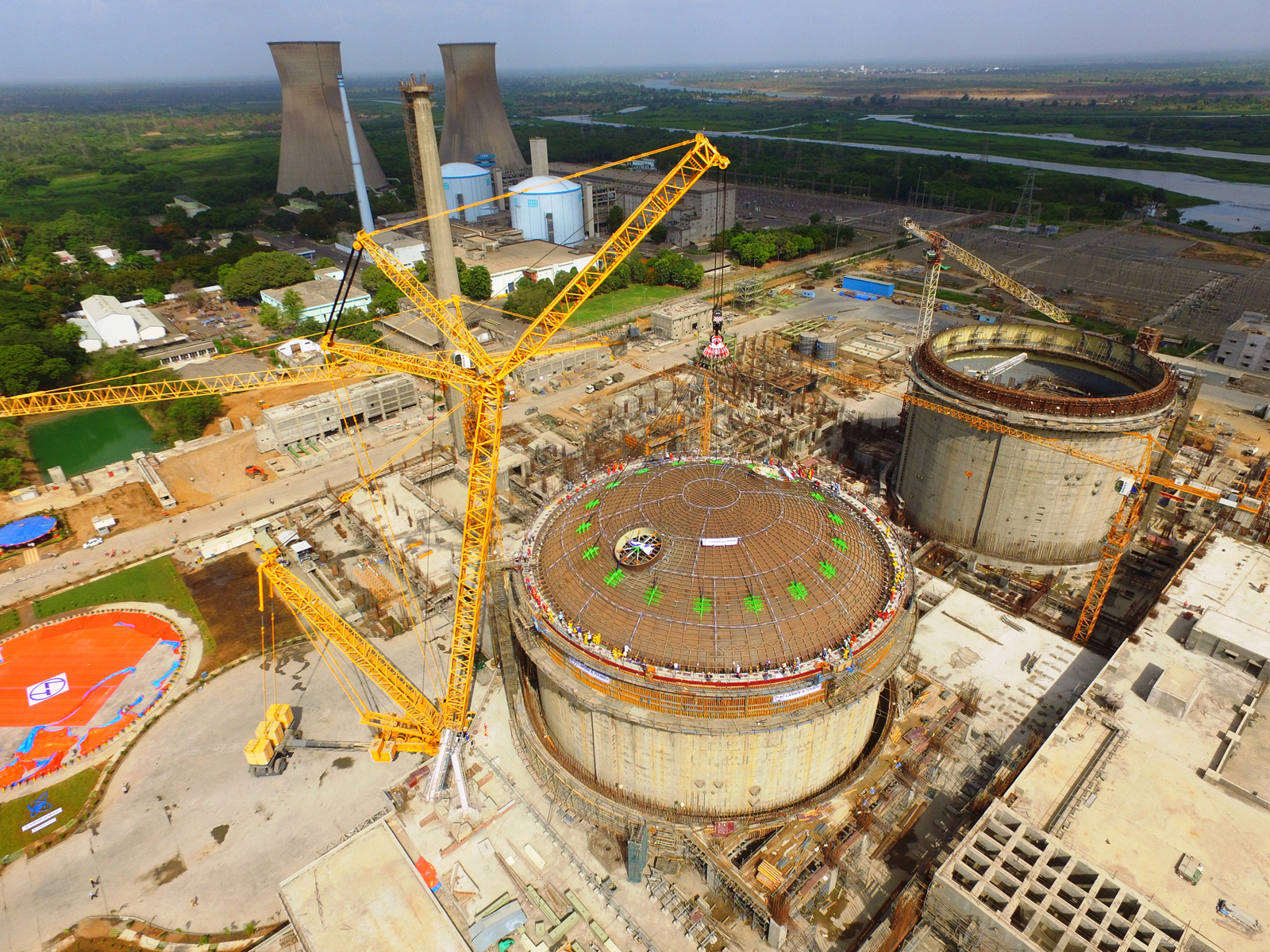
by Rabia Javed 15 April 2020
How many nuclear weapons can India make with its existing fissile material stockpile? It was estimated in a report published by Dawn that India has enough fissile material to produce 2,000 nuclear weapons. Also, the paper published back in 2014 by Dr. Mansoor Ahmed, a Pakistani nuclear analyst, assessed that India’s fissile material stockpile included 800 to 1,000 kilograms of Weapon-Grade Plutonium (WGPu), 2 metric tons of highly enriched uranium (HEU), and 15 metric tons of Reactor-Grade Plutonium (RGPu). He further analyzed that Hindustan could produce 250 warheads from WGPu, 40 from HEU (gun-type implosion devices, not thermonuclear weapons), and 1,875 from RGPu—for a total arsenal of 2,165 nuclear weapons.
That quest by India, which is seeking the role of a world power and amassing its nuclear weapons assets, cites hegemonic designs. More importantly Hindustan’s pursuit of membership in — the Nuclear Suppliers Group (NSG) — is fully driven by prestige and to secure legitimacy for its de-facto nuclear weapon status. It is also about making more easier ways to enrichment, reprocessing and advanced reactor technologies that has been, so far, denied to New Delhi and larger access at high-end dual use technologies that are not shared outside the 48-member group.
Mark Hibbs, senior associate in Carnegie’s Nuclear Policy Programme, has suggested that the NSG should “continue with the process of fact-finding and consensus building” before India’s case for membership is accepted. Any informed and objective fact finding mission designed to examine India’s credentials for membership, would promote the principles of non-proliferation. Furthermore, it shall validate the arguments made by critics regarding the attempt of Harrods sale of nuclear technology to India via the Indo-US civil nuclear deal. Importantly, this NSG waiver is under the attention because of a key reason- both countries have joined by making a unique entry by lifting of sanctions and trade prohibitions from the U.S. This deal is paving an easy way for India towards massive defence developments in advance armaments and military technologies. The above all predicts that the deal was, primarily, for cooperation and for lucrative business.
John Carlson in one of his papers asserted through empirical evidence that Indian safeguard agreement coupled with the separation plan does not fall under the policies of existing rules. It is also believed that the existing arrangement shows an unverified grey zone between military and civilian materials. Also, the measurements taken by India are not adequate to validate that it is not using the safeguarded material to fulfill its military needs. The overlap between civilian and military nuclear activities is likely to intensify as India scales up its nuclear power program and its enrichment and reprocessing industries. The deficiencies in the structural setup being explained by John Carlson pose a real threat of diverting peaceful technology for military purposes with a question mark on the support India is getting for its entry in the export control groups.
A re-look at the need for India’s NSG admission is essential for practical reasons. New Delhi has largest unsafeguarded civil nuclear and unsafe military programme in the world. Under the International Atomic Energy Agency (IAEA) nuclear separation plan, India included only those facilities on the civilian list and offered them for safeguards “that, after separation, will no longer be engaged in activities of strategic significance.” Under such circumstances New Delhi has been able to maintain a large number of fissile material production, nuclear fuel cycle and associated facilities outside IAEA safeguards. A disturbing fact emerges concerning how International Atomic Energy Agency (IAEA) safeguard inspections are carried out in India. Have the facilities in India been inspected? Were any accounting discrepancies detected?
Furthermore, the concerns of many NSG members on issue of unsafeguarded nuclear reactors have not been alleviated, especially on PHWR’s which can be used for military purposes. Adding to this, India’s de facto observance of CTBT conflicts with reliable reports of India secretly building a large-scale enrichment complex, potentially to be utilized for developing and testing thermonuclear weapons. New Delhi’s current position in the nuclear domain also contradicts with NSG’s non-proliferation objectives. For instance, NSG bans transfer of Enrichment and Reprocessing to non-NPT states, whereas India contends it stands eligible. The bottom line is that the much-hyped nuclear non-proliferation record which India claimed to be more peaceful in nature has numerous backrows and loopholes that are usually overlooked.
Lastly, there arises a question that merits further scrutiny: is the true purpose of nuclear weapons for India merely deterrence? Thus, the threat of a potentially more aggressive Indian nuclear posture has put an additional strain on an already rocky situation in South Asia.
